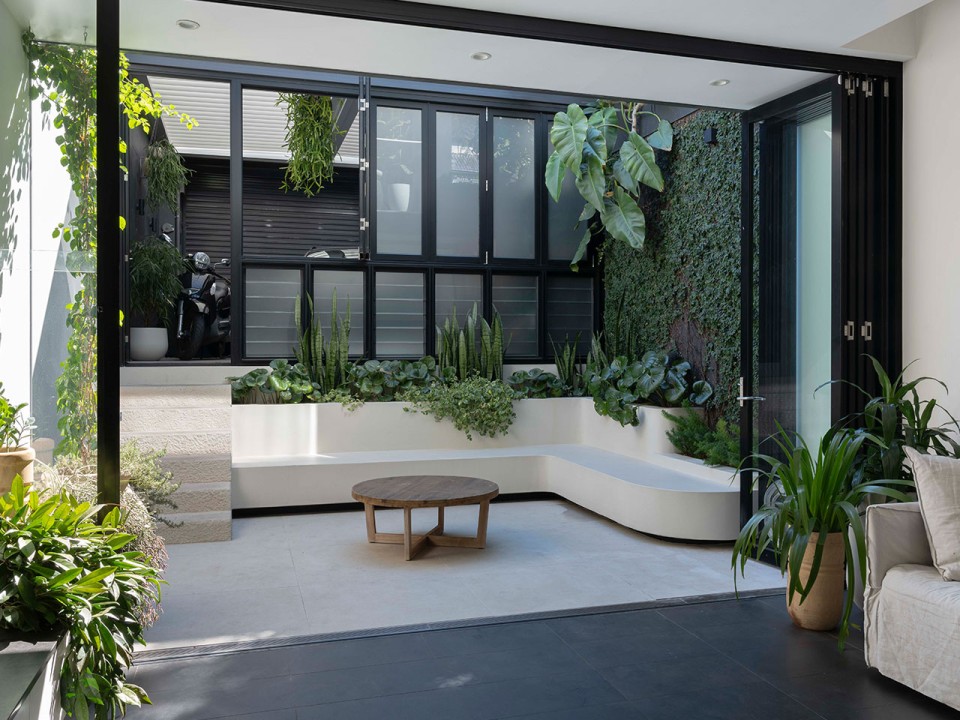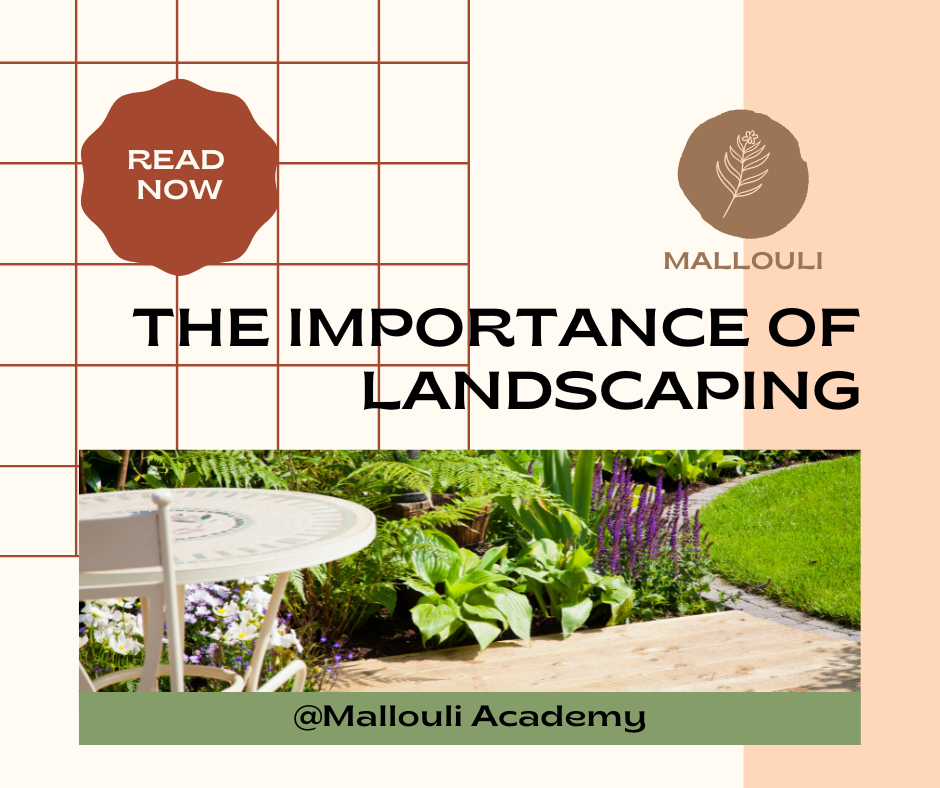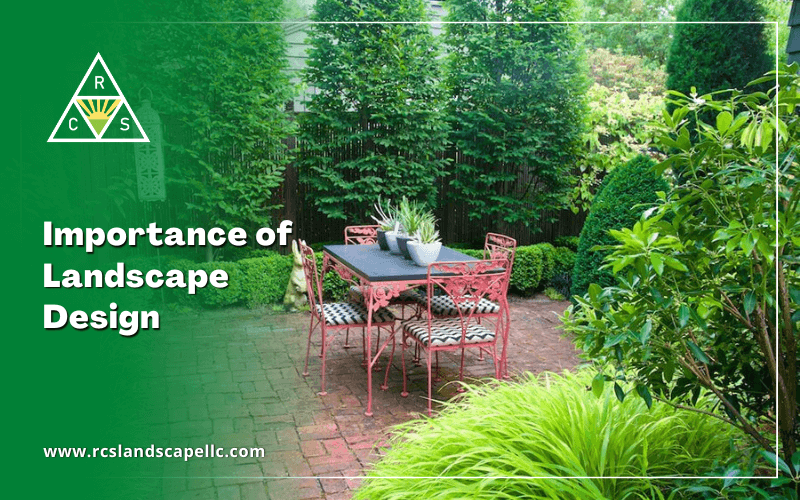Fascination About Landscape Design
The 5 steps of the design process include: 1) conducting a website inventory and analysis, 2) determining your demands, 3) developing practical diagrams, 4) creating conceptual style strategies, and 5) drawing a final style strategy. The initial 3 actions establish the visual, useful, and gardening requirements for the layout. The last two actions then use those requirements to the development of the last landscape plan.
This is a vital step for both plant option and placement and situating household tasks and functions. It is necessary because the very same climate conditions that affect the plantstemperature, moisture, rain, wind, and sunlightalso affect you, the customer. The next action is to make a checklist of your needs and desiresthis helps you establish just how your backyard and landscape will be made use of.
The useful diagram is after that used to find the task rooms on the site and from this diagram a theoretical strategy is created. The last action is a last design that consists of all the hardscape and planting details that are needed for installment. Throughout the design procedure there are 10 essential points to consider: for plant choice and activity area by considering what you desire and need to assist identify shapes and organize rooms by marking activity locations and relating to elements for both the setting and the user by utilizing massing and layering techniques such as shift areas and centerpieces in the materials, the colors, and the surface area structures for the growth and maintenance of plants by making use of lasting layout methods An extensive stock and analysis of the website is necessary to figure out the environmental problems for plant growth and the very best use the website.
Landscape Design for Dummies
It is always best to use plants that will flourish in the existing dirt. Where plants expand well, keep in mind the soil conditions and utilize plants with similar expanding requirements.

Sun/shade patterns, the amount and size of exposure to sunlight or color (Number 1), create microclimates (sometimes called microhabitats) - Landscape Design. Recording website conditions and existing greenery on a base map will certainly reveal the area of microclimates in the yard. Plants normally drop into a couple of of four microclimate categories-full sun, partial color, shade, and deep color
The smart Trick of Landscape Design That Nobody is Talking About
Energies such as power lines, septic storage tanks, below ground energies and roof covering overhangs determine plant area. Use a property surveyor's plat of your building for the borders and area of your home.


Spending plan issues include the materials, first installment costs and the on-going maintenance prices. Determine the moment and cash you agree to place into maintaining the plants and hardscape-be practical concerning your purposes and capability. Figure 3. Current usage locations. Debt: Gail Hansen, UF/IFAS Number 4. Suggested use areas. Credit Rating: Gail Hansen, UF/IFAS There are several landscape style styles- from basic to complex, yet it is practical to select one to assist your plant and material option.
Several people locate it valuable to search in gardening link publications and publications for ideas. This is a good beginning, yet know that the yards in the photos were picked due to the fact that they are exceptional examples. Look at the pictures with an important eye to gather concepts that you can adapt to your enthusiasm level, your budget plan and your website.
Make a decision if you want to open your yard, close your lawn, or a little of both, to these views (Landscape Design). To put it simply, do you want the yard to enclose the room around you and relate mainly to the residence, or do you desire the garden to open views and look external, associating with the surroundings? This will offer you a beginning point to consider a motif
Landscape Design - The Facts
This is called "sense of location", which indicates it fits with the surroundings. There are both type themes and design motifs. Every garden must have a type style, yet not all yards have a style motif. Numerous residential gardens have no specific design except to blend with the home by duplicating information from the architecture such as materials, shade, and form.
In a form style the content company and shape of the rooms in the lawn is based either on the form of your home, the form of the locations between your home and the residential property boundaries, or a preferred shape of the homeowner. The type motif figures out the form and company (the layout) of the areas and the web links between them.

Comments on “Fascination About Landscape Design”